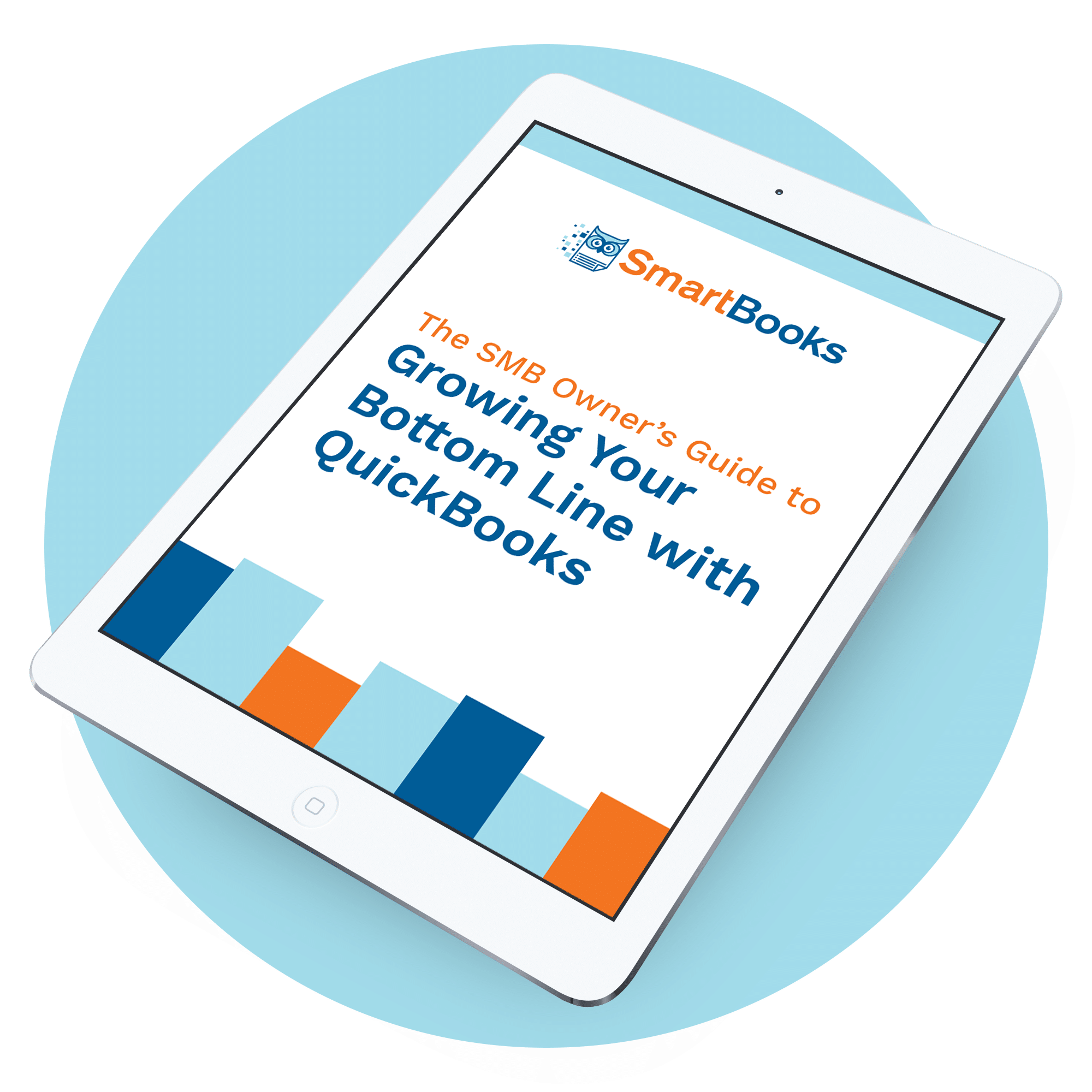
QuickBooks remains the most popular accounting platform for small and mid-sized businesses, with millions of users leveraging its online version daily. As powerful and flexible as it is, getting the most out of QuickBooks takes more than just creating an account and entering business details. To truly benefit, you need to implement practical QuickBooks best practices that simplify operations, save time, and boost financial clarity.
Why QuickBooks Best Practices Matter from Day One
Many small business owners expect QuickBooks to work seamlessly right from the start. However, without the right training or experience, users often run into avoidable issues, such as inaccurate reports, duplicated work, or inefficient processes. While QuickBooks is designed to be user-friendly, unlocking its full capabilities means knowing how to configure it properly, avoid pitfalls, and streamline your workflows.
That’s exactly why QuickBooks best practices are essential. Without them, you may underutilize the platform, miss critical data, or make decisions based on unreliable reports.
What This Guide Will Teach You
This free guide comes from working hands-on with hundreds of small and medium-sized businesses across various industries. It includes the most effective techniques, smart shortcuts, and real-world reporting strategies to help you:
- Customize your Chart of Accounts for better clarity and control
- Automate recurring transactions to save valuable time each month
- Use bank feeds and smart rules to simplify reconciliations
- Organize invoices and expenses for faster, more accurate reporting
- Leverage QuickBooks dashboards to gain real-time financial insights
By using these practices, you won’t just set up QuickBooks faster—you’ll gain greater confidence in your numbers. Whether you’re closing the books, managing payroll, or preparing for tax season, a strong QuickBooks setup makes everything easier and more accurate.
Build a Smarter QuickBooks Workflow
When configured correctly, QuickBooks becomes the financial command center of your business. But without proper setup, it can easily become a bottleneck. This guide shows you how to design a setup that fits your business model, growth stage, and industry needs.
Don’t waste time learning through trial and error. Instead, apply lessons from companies that have already succeeded.
Download the free guide today to master QuickBooks best practices and take the guesswork out of managing your finances.